Philbrick-Cricenti Bog Trail
Thursday, 18-Jul-2024
Tags: NH
It was a very hot and humid day and we didn't want to hike up any mountains, so we drove to New London, NH to walk through the Philbrick-Cricenti Bog. This bog is maintained by the
Town of New London Conservation Commission and provided an amazing assortment of plants and moss. We walked all of the trails, which consisted of two large loops which together was about a mile. Although it was a 75+ minute drive from Lincoln, NH, it was well worth it.
From
https://lake-sunapee-living.com/lake-sunapee-hiking-biking/philbrick-cricenti-bog-trail/
The Philbrick-Cricenti Bog Trail is one of the most unique hikes in the area and is conveniently located in central New London. The bog has been forming since the glaciers receded: a pond at least twenty feet deep formed and arctic plants spread across the surface. Due to the high acidity of the water, the dead plants did not decay; instead they simply sank down. They were replaced by new plants that eventually died and sunk down on top of their predecessors. Over time this formed the mat that can be walked on today (on bog bridges).
The plants are still from a tundra environment so there are many unique plants to be seen. There are also some trees over sixty years old that have been dwarfed by lack of nutrients and the acidic water. In order to protect the plants, and keep hikers safe, boards have been laid down on which to walk. Because of this, it is not safe to bring dogs.
The drive was pretty straightforward. I93 south to Rt. 104 west in New Hampton. Then to US4 south in Danbury, to Rt. 11 through Wilmot, then turning right on Rt. 114 in New London at the Flying Goose Brew Pub. Then about 2.3 miles to a split in the road, the left side is Newport Road and then less than a mile to the entrance which is on the left (south) side of Newport Road–just a space for a few parked cars and steps down into the bog. Without one holdup on Rt. 104 for repaving, it would have taken about 75 minutes.
The entire walk was on platforms. After walking in a short distance there is the first split. Both sides of the split take you to a large loop with loops within the loops. The left path takes you to the Tundra and Quaking Loops, which are all bog, and the right path takes you to the Spruce Loop which is partially woods. We started with the left path (which is the right path on the map since are walking from the top, down.)
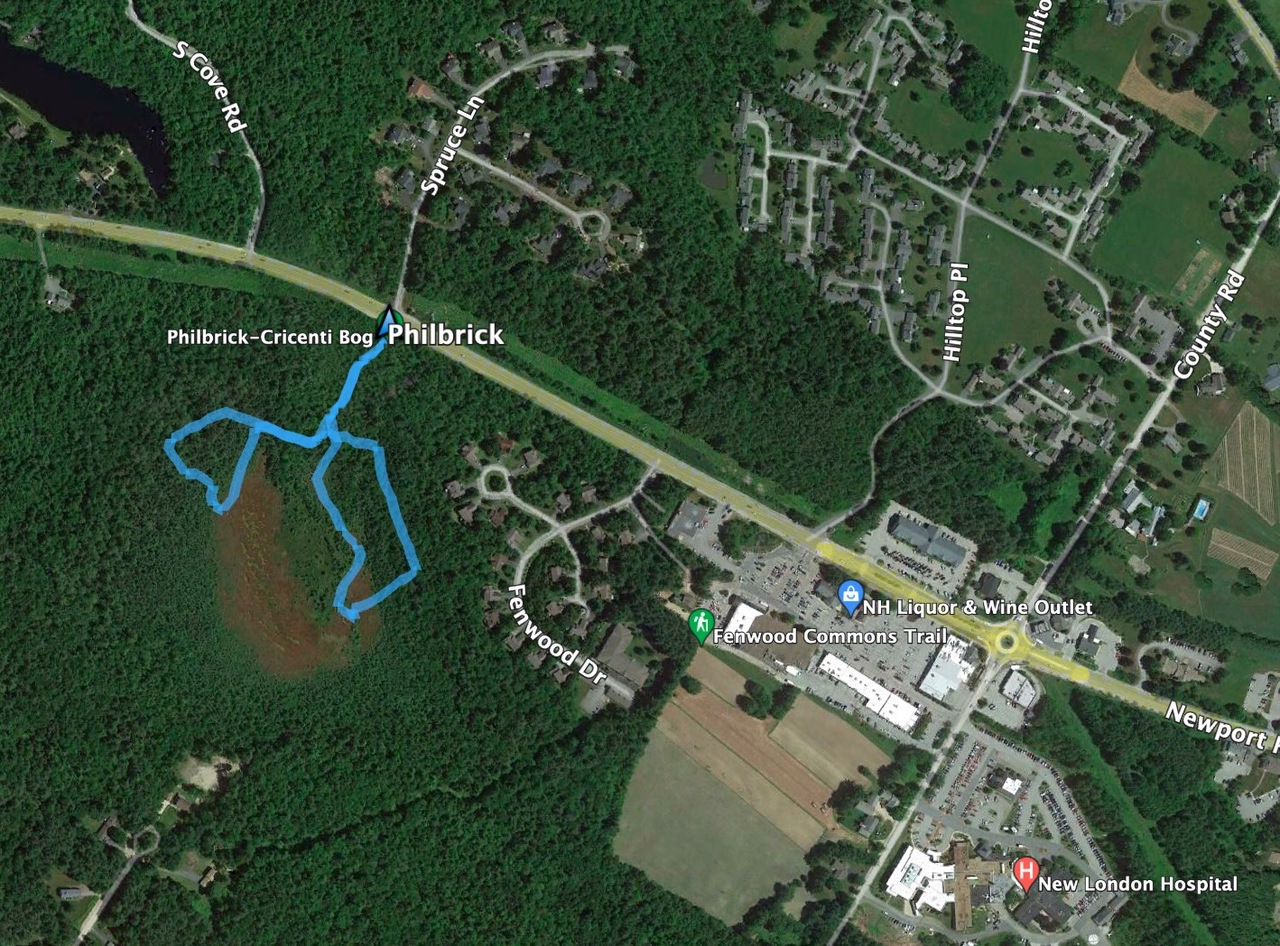
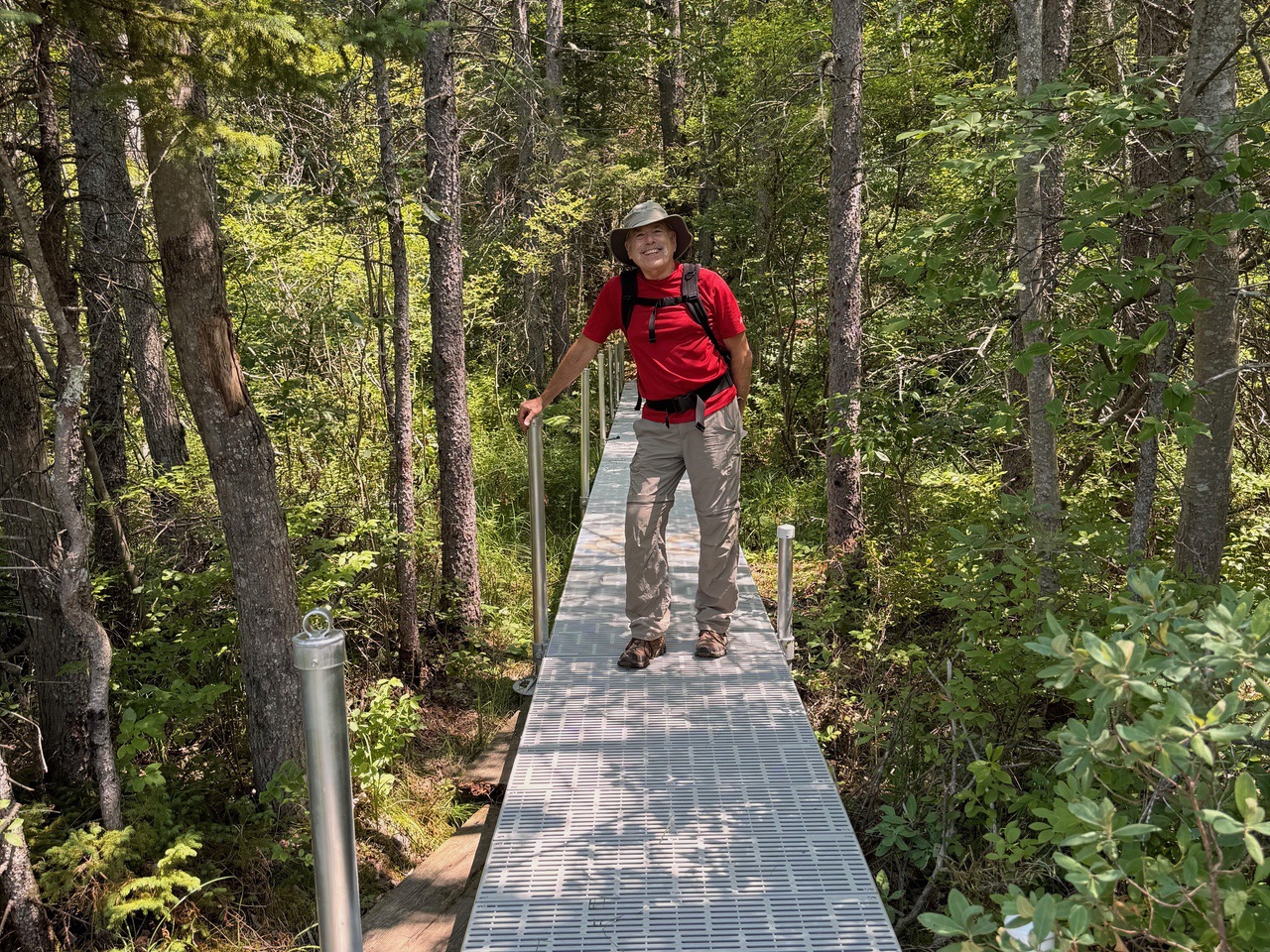
Bladderwort, a carnivorous plant.
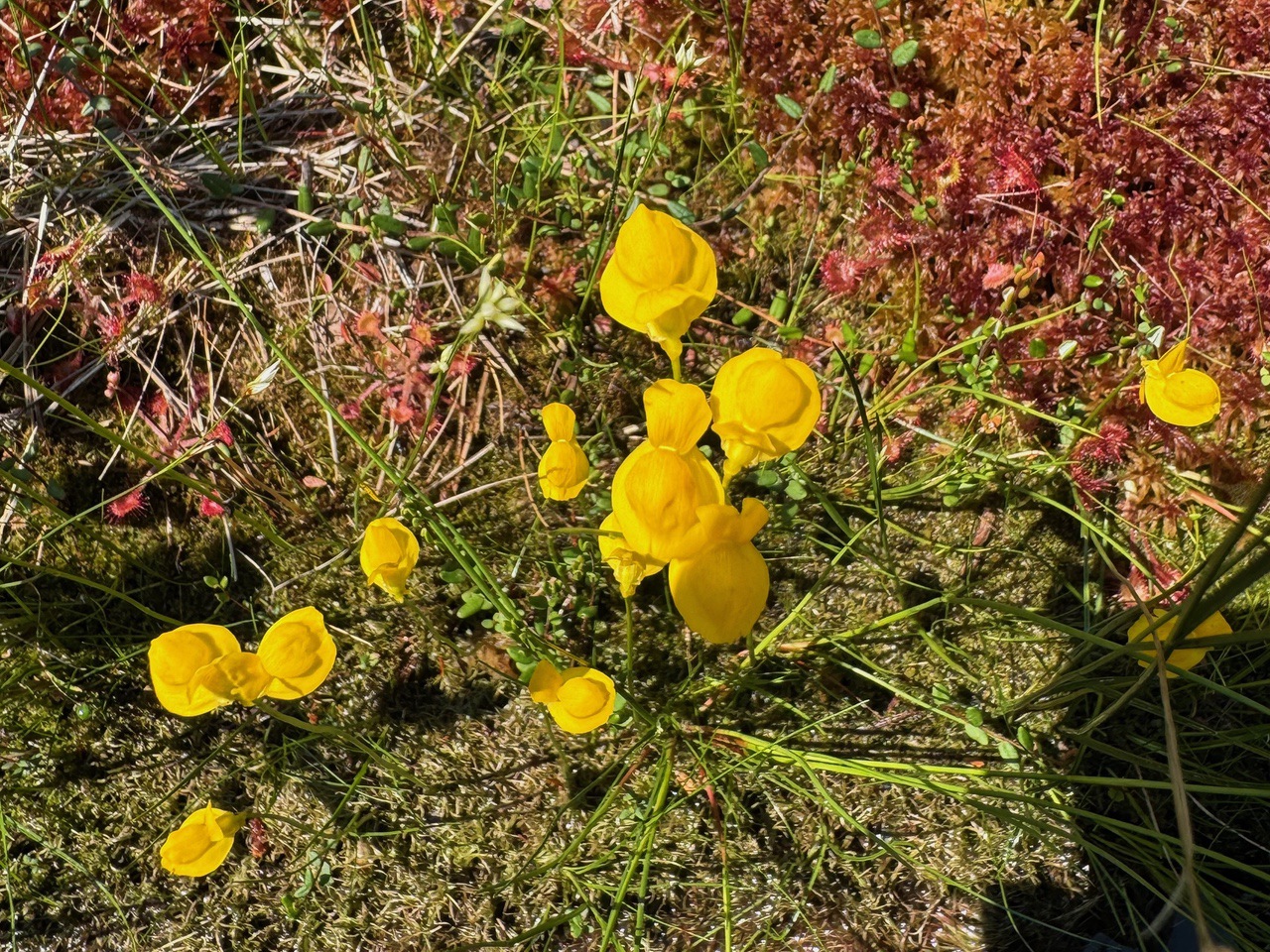
The bog was filled with white fringed bog orchids, about 6-10 inches high.
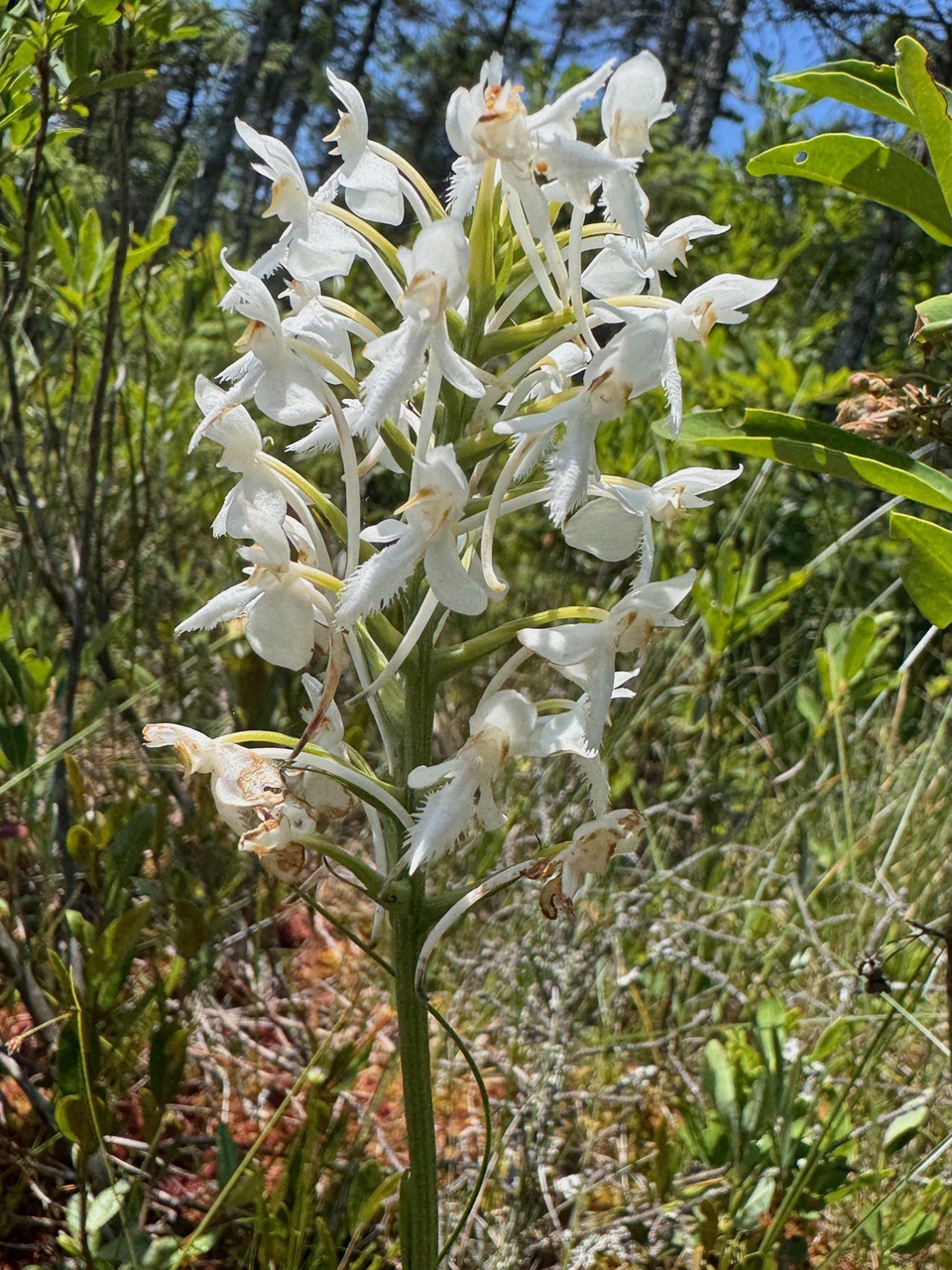
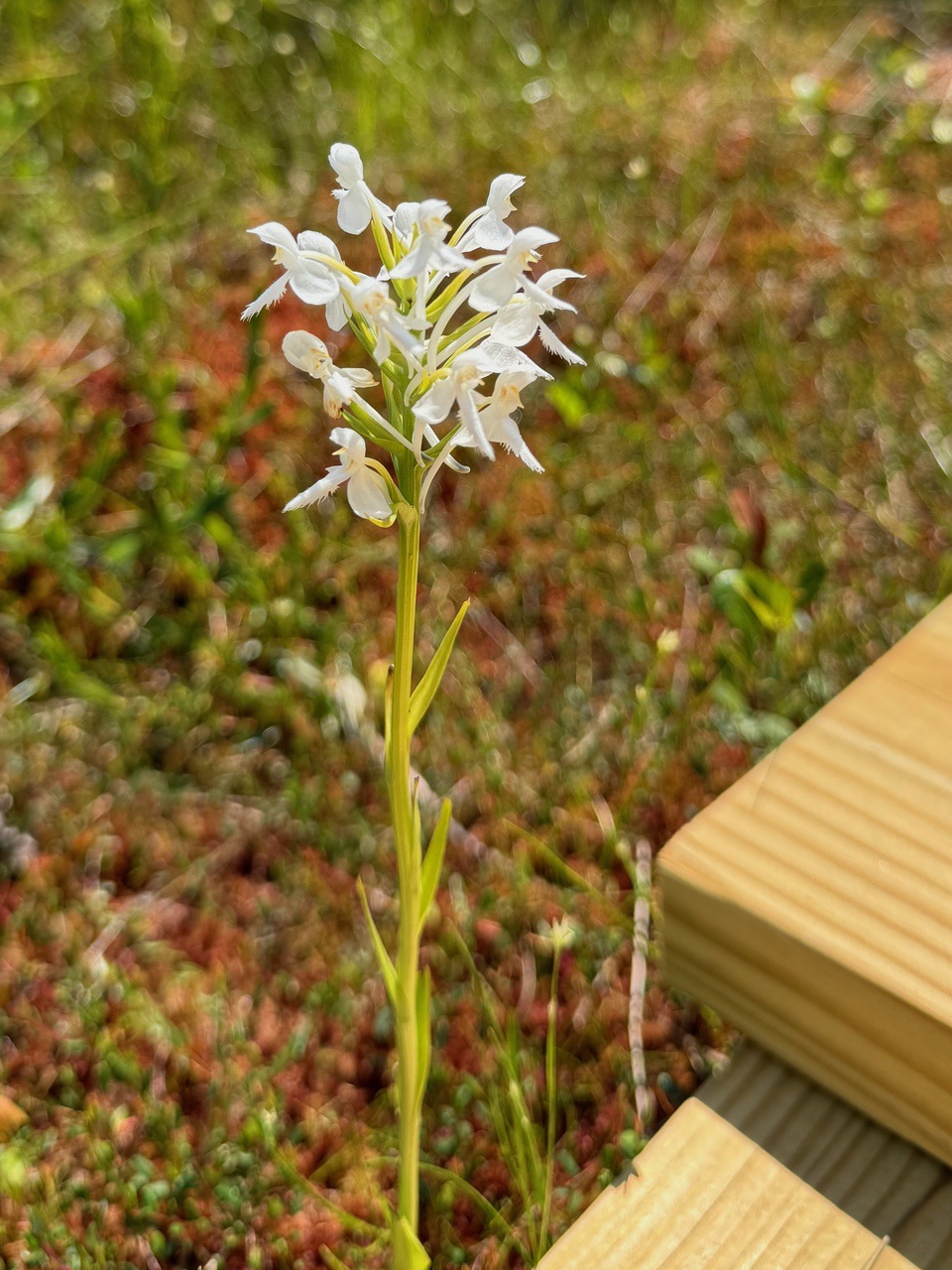
The bog was also filled with Purple Pitcher Plants, also carnivorous, with a tall flower to attract pollinators above large flasks that catch the insects and digest them..
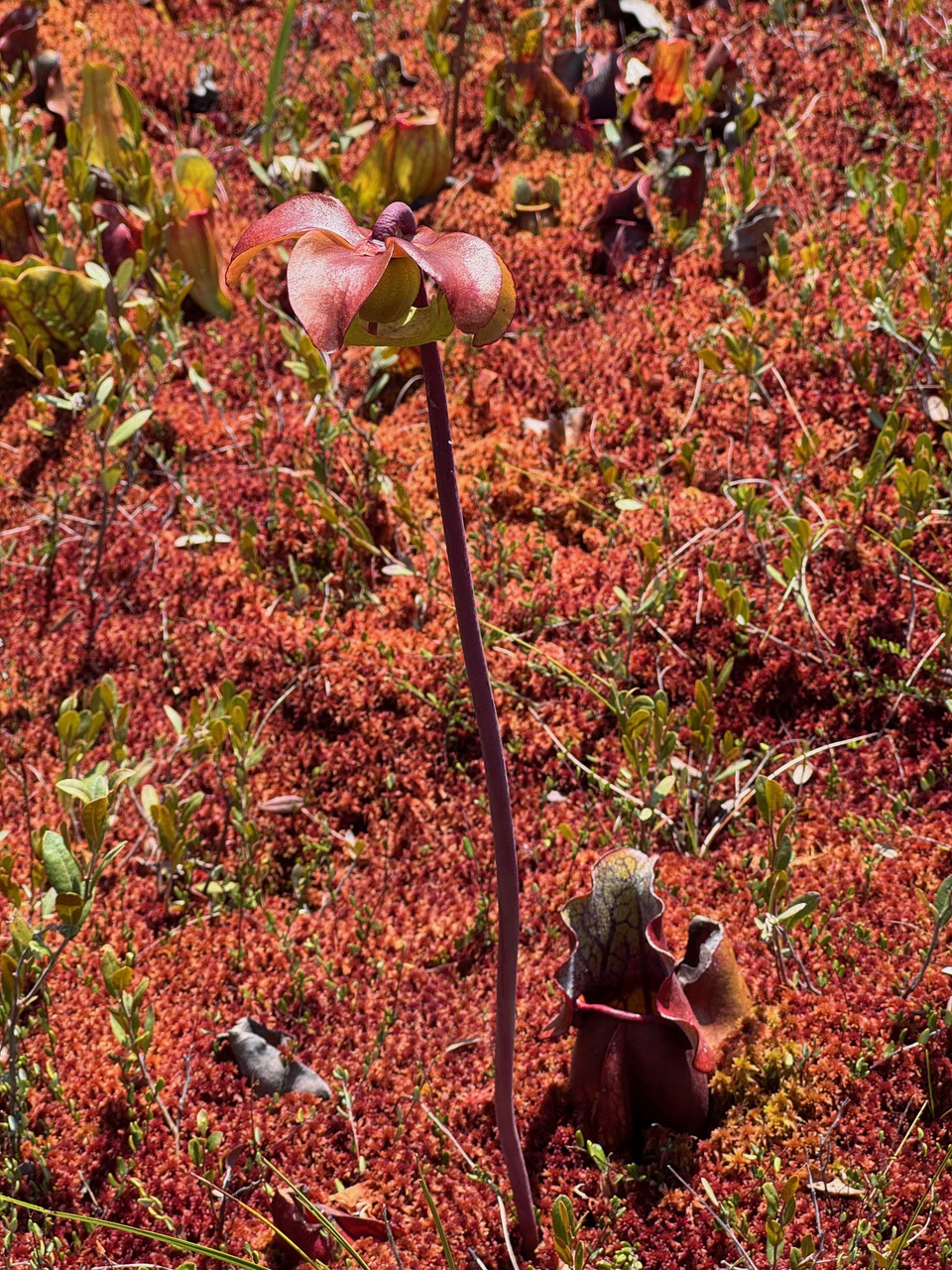
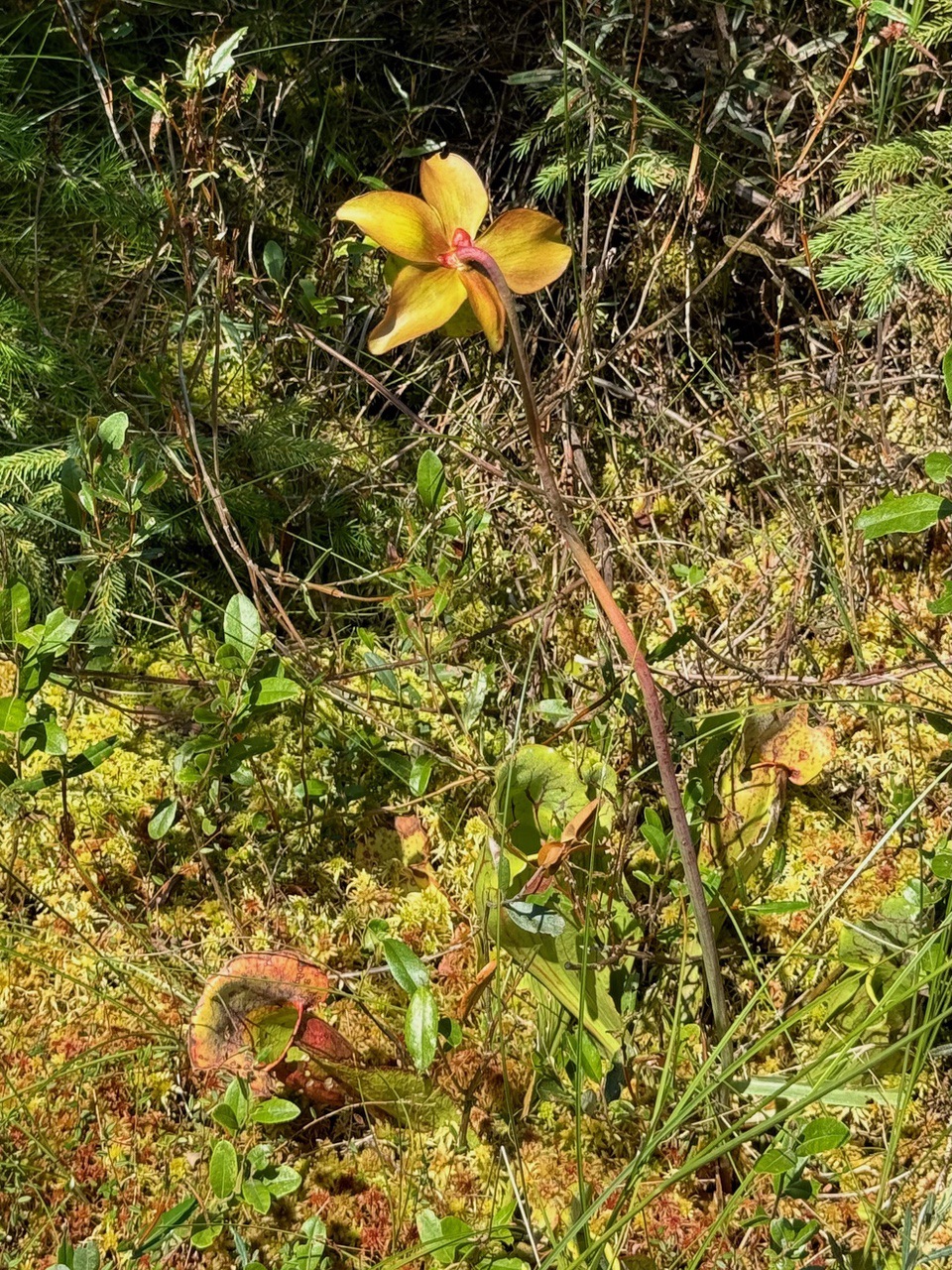
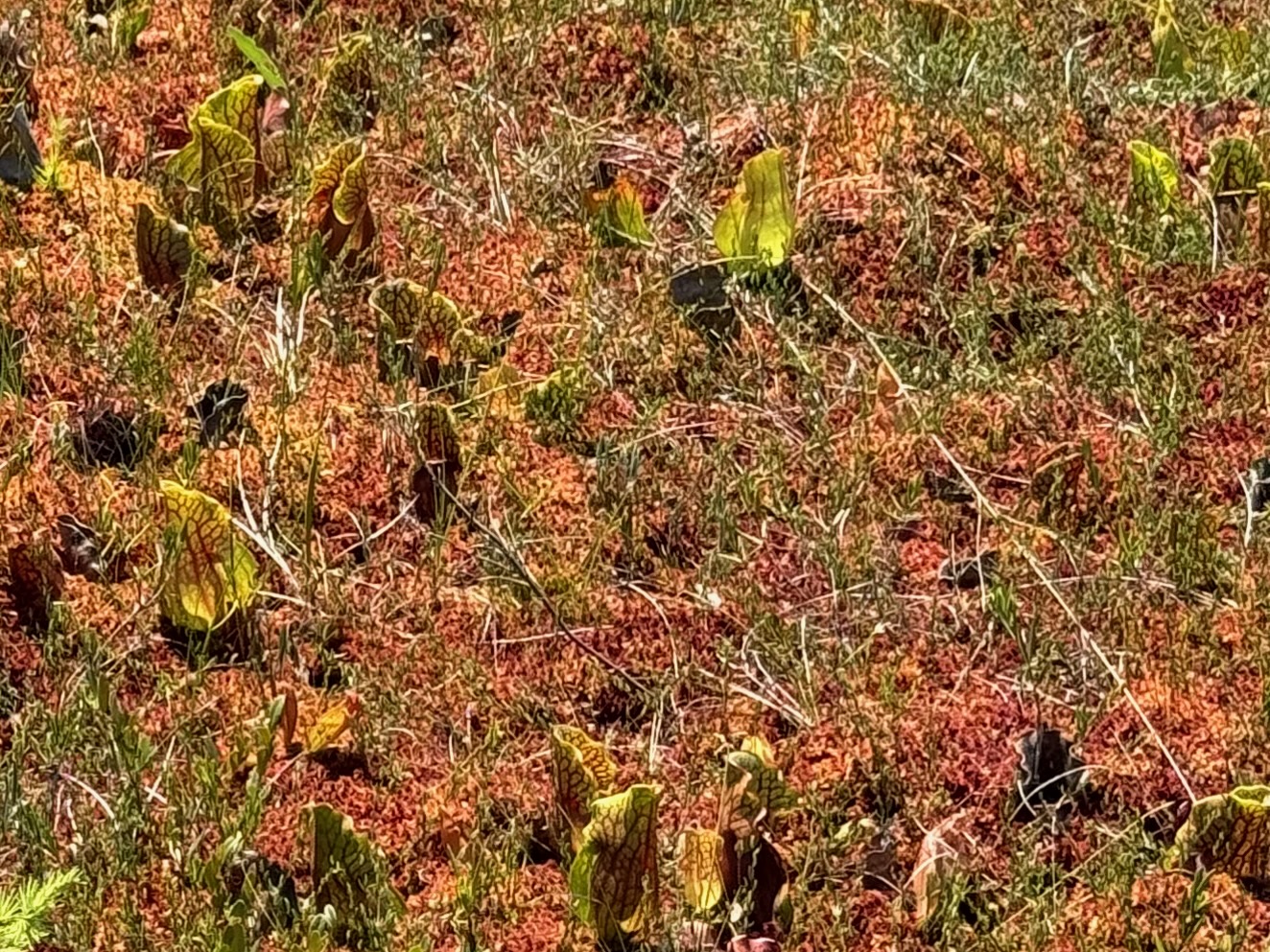
Bog Bean.
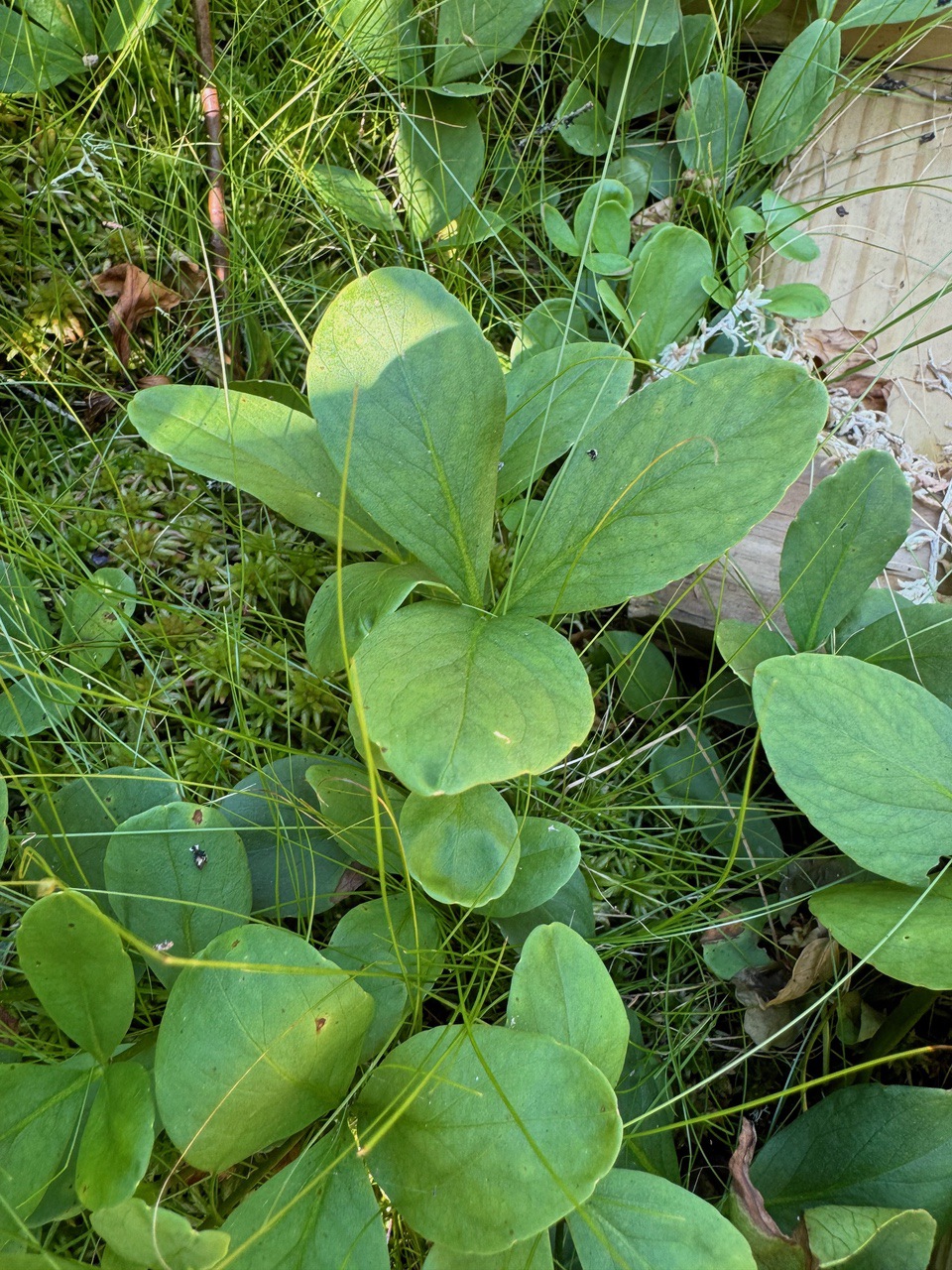
Water arum.
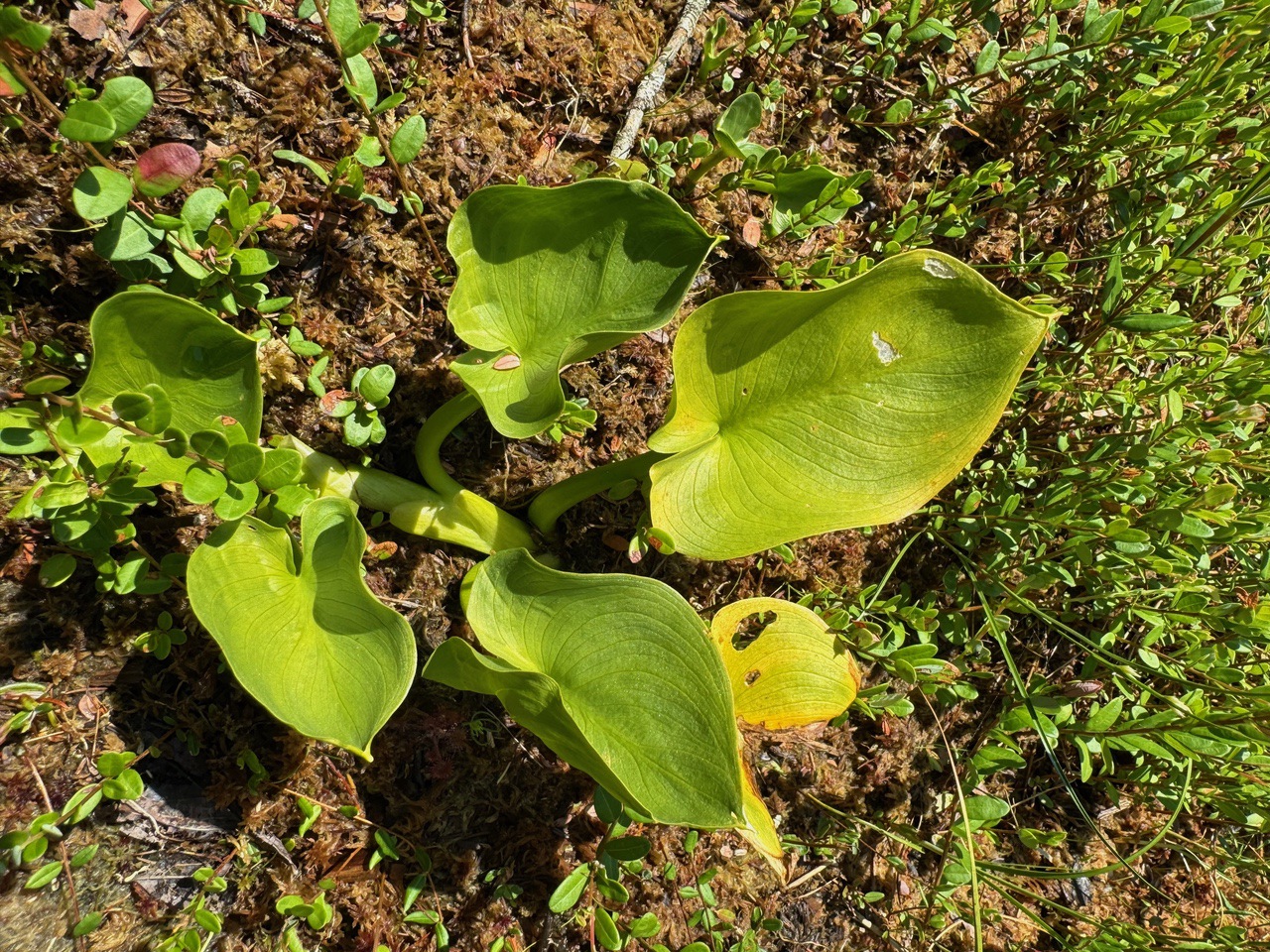
Much of the mat across the bog consists of red bog (sphagnum) moss, with plants and shrubs growing above.
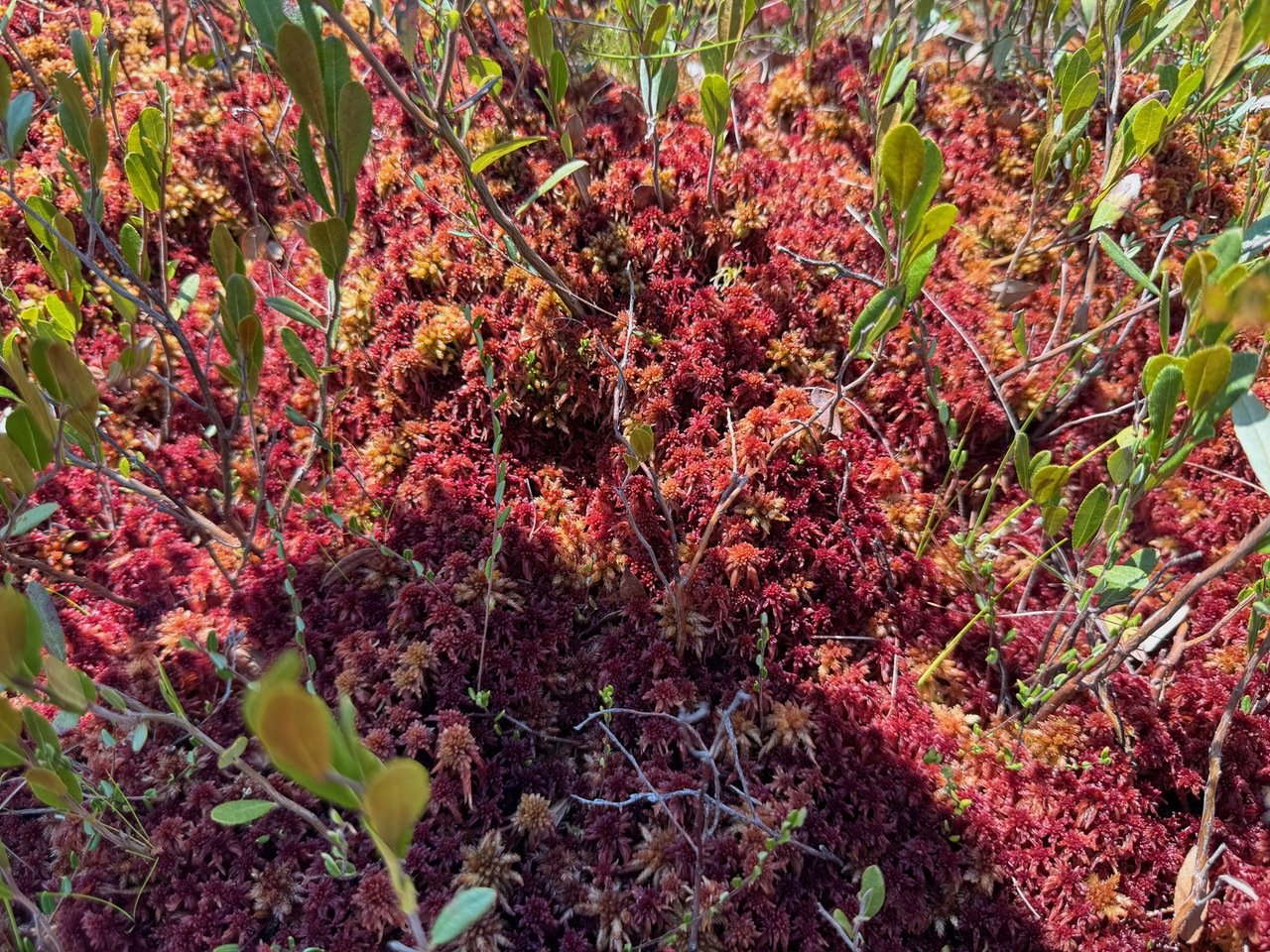
Views of the bog, filled with orchids and pitcher plants, with shrubs and short trees (laurel, rhodora, leatherleaf, bog-rosemary (not related to rosemary), tamarack (larch).
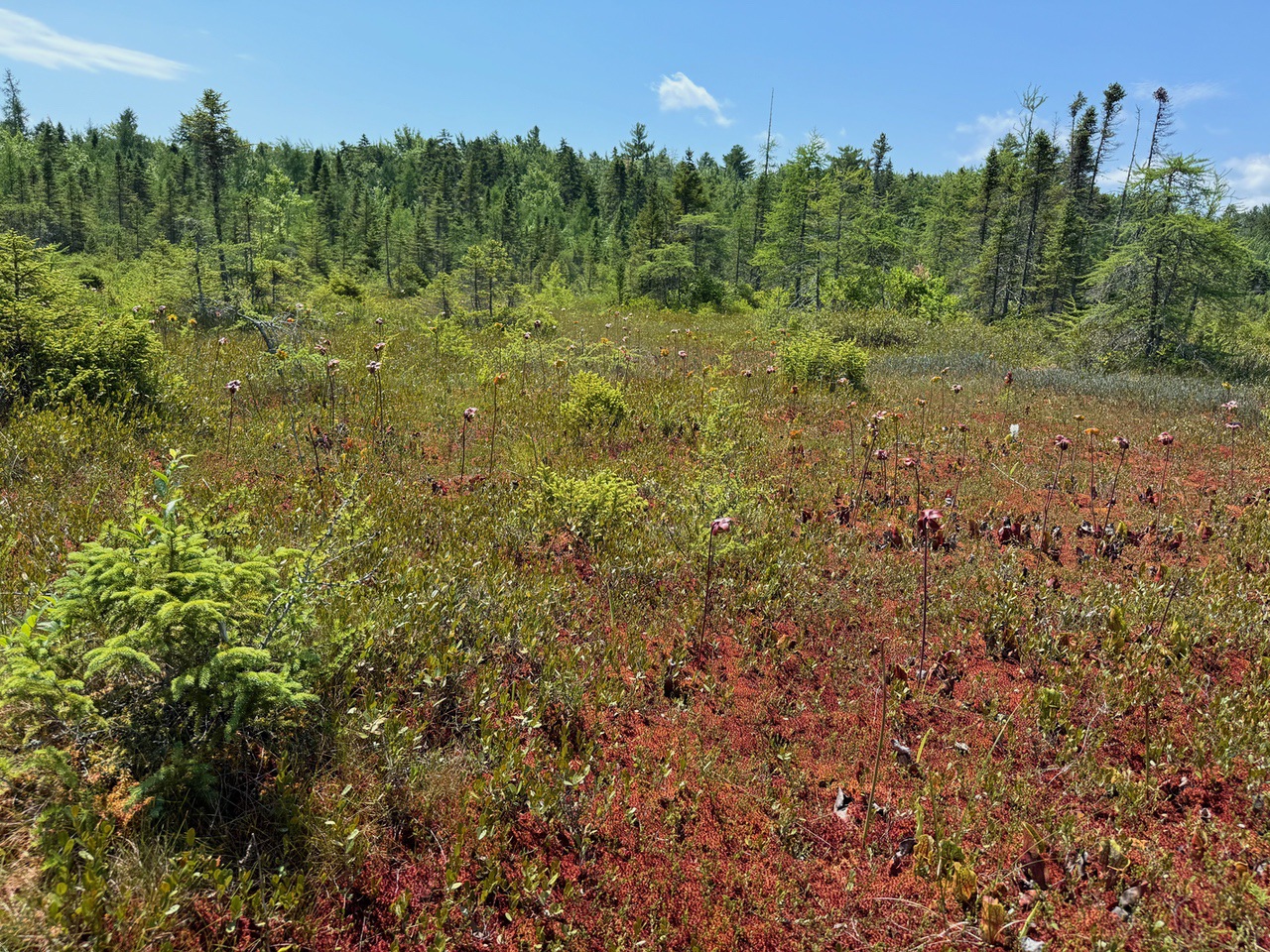
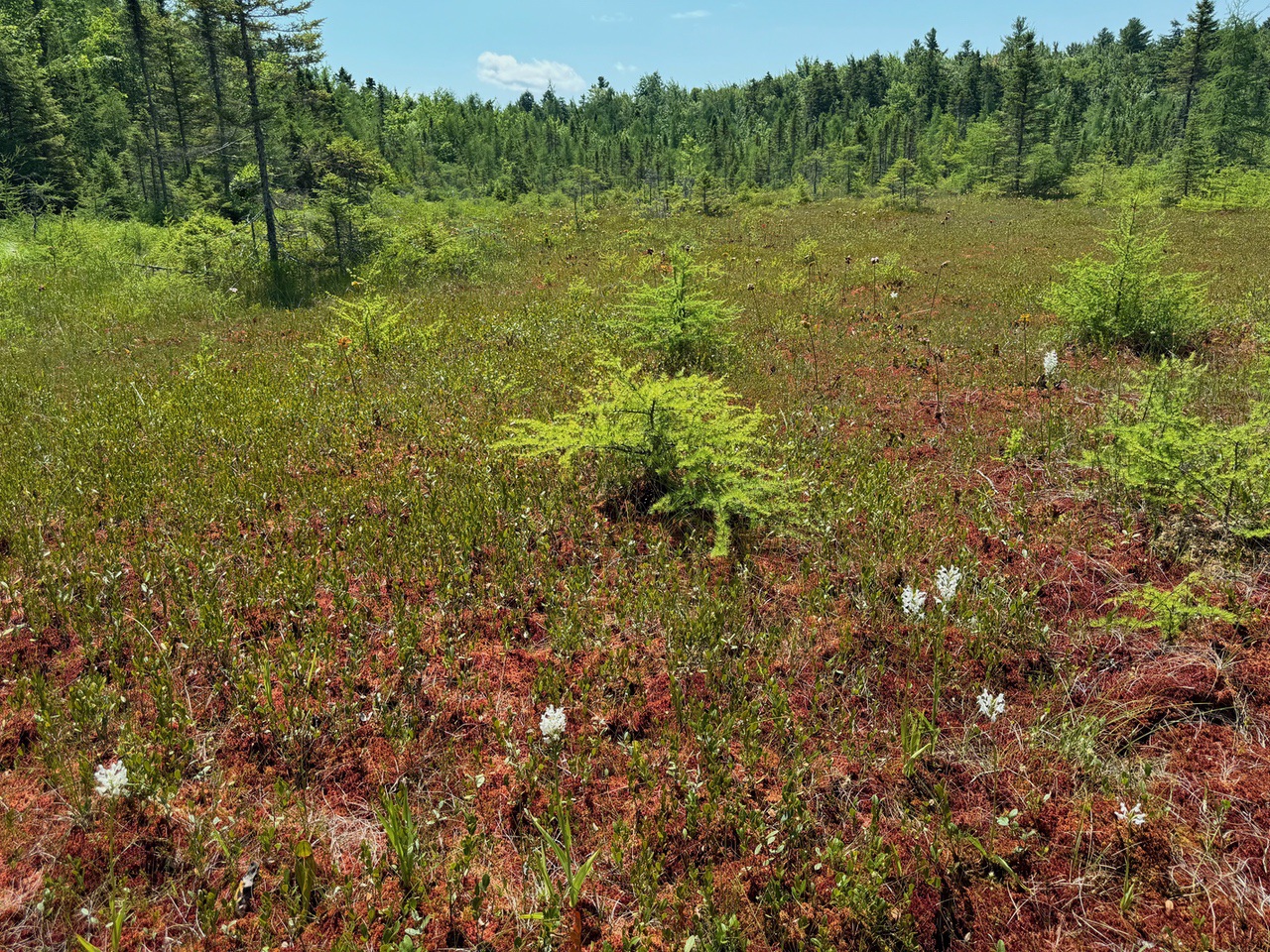
At one point on the wood bog bridges, visitors can pull a pole to see the depth of the bog. We only pulled it a few feet up -- the bog consistency was quite thick. The claim is that it's 20 feet deep there.
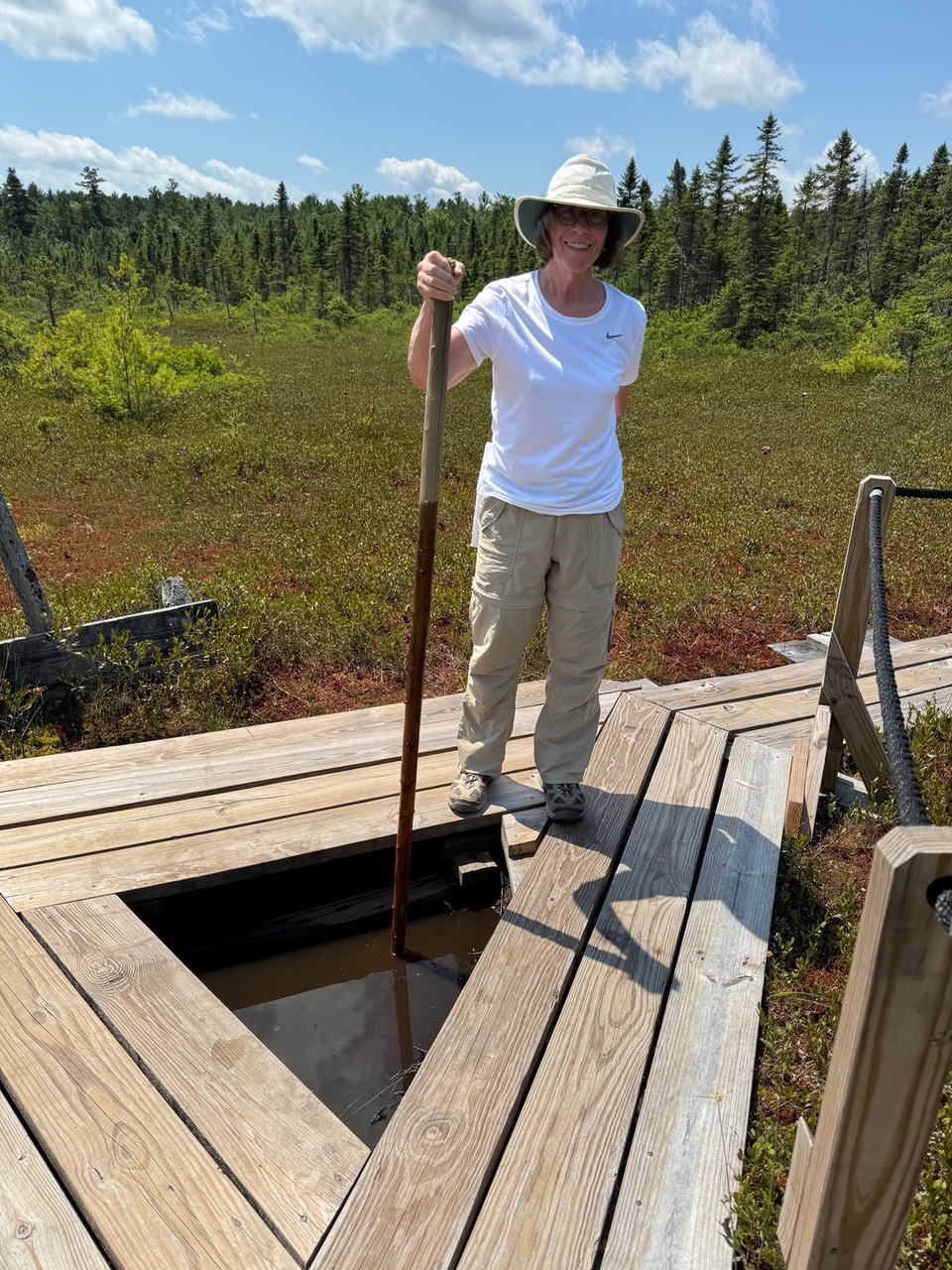
In the spruce loop, we also walked through more forested parts, with shrubs that you would expect -- winterberry, high-bush blueberry, ferns, etc. All in all, the visit was extremely worthwhile. We also stopped for lunch at a local favorite -- Tucker's. The ride home was faster as the construction held up us less.
--
Larry and Eileen Samberg















